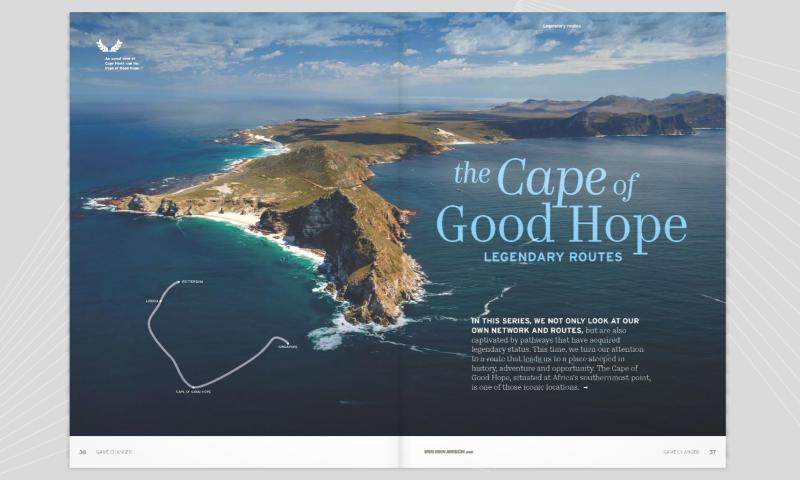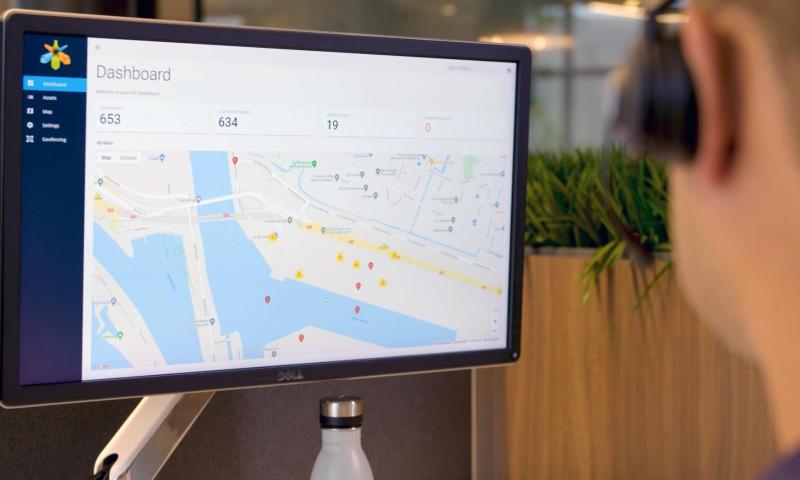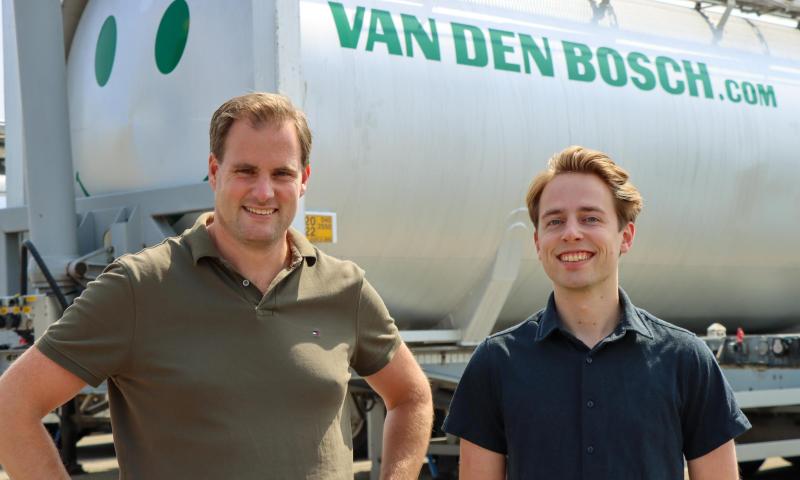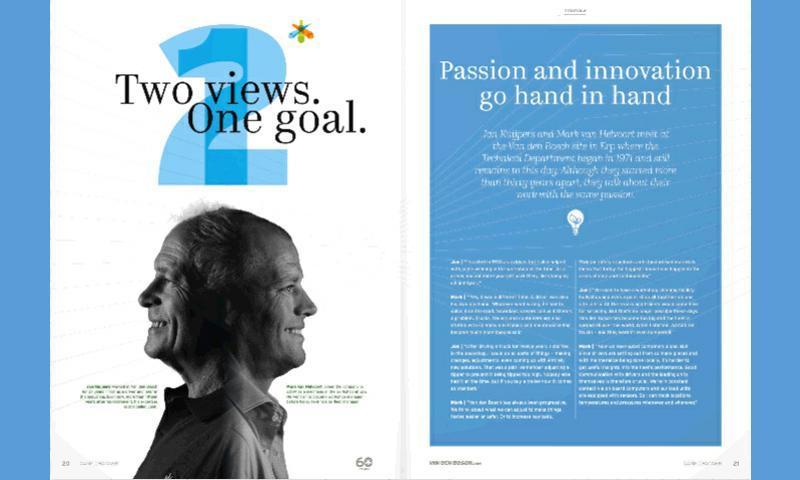Market Insights
5 steps to become data-driven
Navigation systems have made road maps obsolete and were then themselves replaced by mobile apps. And soon route instructions will be integrated in your windscreen. Data offers unprecedented possibilities. As an organisation, how can you respond in a smart way and stay relevant in this digital age? Pirke van den Elsen, Chief Digital Officer at Van den Bosch, takes us to the fascinating world of data.
There is nothing new about data – we have been storing data since writing was invented in ancient times – but being able to store vast quantities of data and computing power have made it possible to interpret data on a large scale. Consumers have also eagerly adopted the new possibilities: think of the emergence of online shopping and the use of digital navigation.
From gut feeling to data-driven actions
In 2023, no less than 99% of the world’s population is data-driven. Think about it: how often do you order things online, watch a film that has been suggested to you, use mobile navigation or consult a weather app? Data has become an integral part of our daily lives. In business however, this transition is proving to be not so easy. Probably because decisions seem harder than the ones you make at home. Walking round the block with or without a coat certainly has less of an impact than missing out on a customer because the algorithm proposed a price that was too high.







